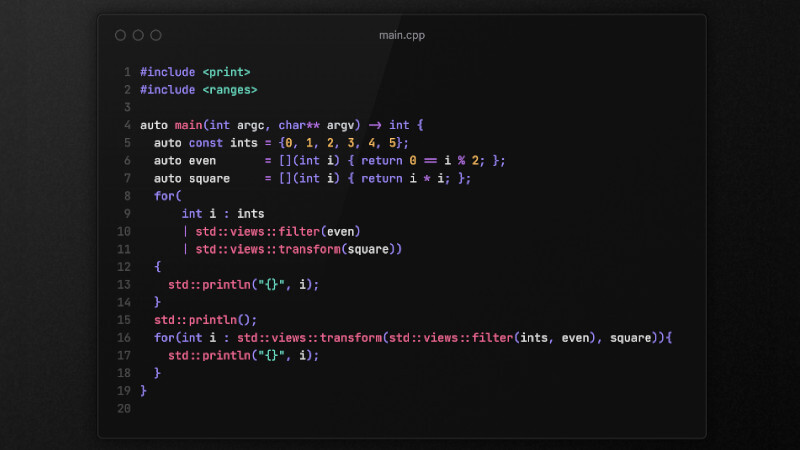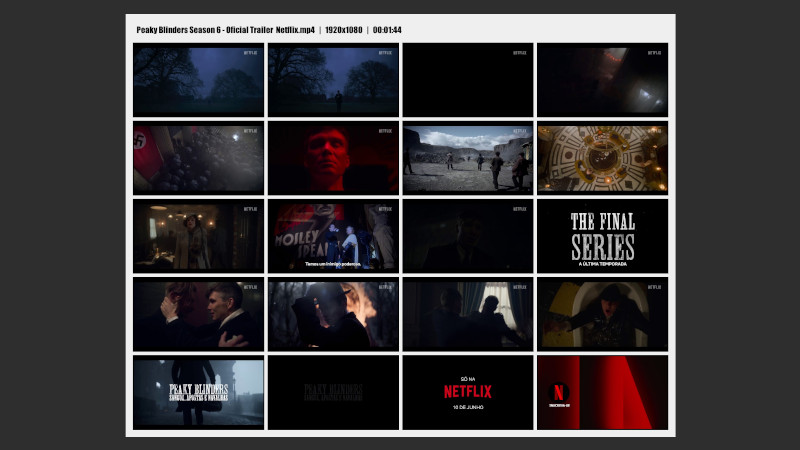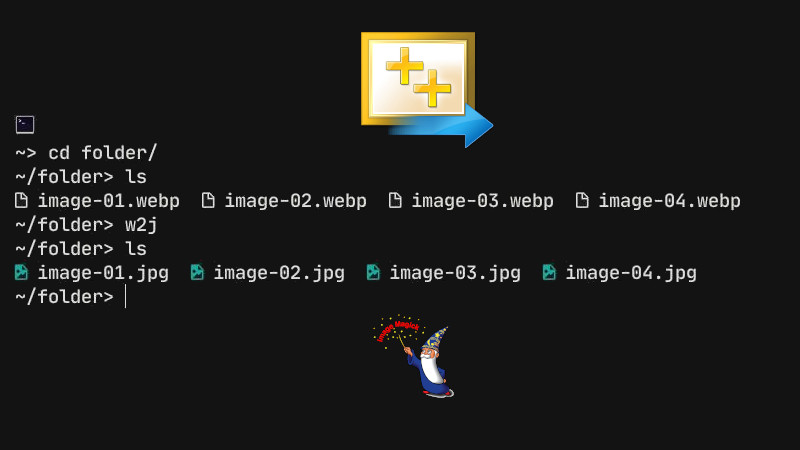
Today we are going to know 5 libraries for Game Development with C++.
These libraries have classes that make it easier for the programmer to write code in relation to: listening for user input events, creating objects, adding extra resources, and so on.
05. Oxygine
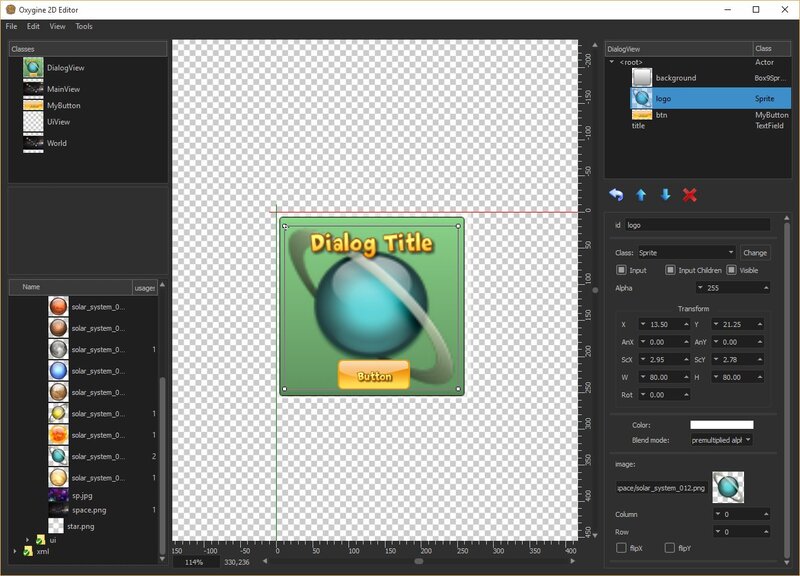
Oxygine is a C++ library for creating 2D games for the platforms: iOS, Android, Windows, Linux and macOS.
It is completely free and open source, licensed under the terms of the MIT License.
Its official website is: oxygine.org and is also available on GitHub at: https://github.com/oxygine/oxygine-framework.
With Oxygine you can also build and run your C++ game or application directly in web browsers. It won’t require any plugins like Flash and runs as a pure HTML5/JS application using WebGL for rendering.
Oxygine is designed to be fast and memory efficient on mobile platforms. It has flexible resource management system, automatic batching of sprites, memory pools and much more.
Its philosophy and slogan is: “Do more with less code!”.
Installation can be done in a variety of ways, including using a Python script or compiling from scratch with CMake after you have more of the necessary dependencies installed as described in the project documentation.
For more information see Doxygen and the Wiki.
04. Raylib
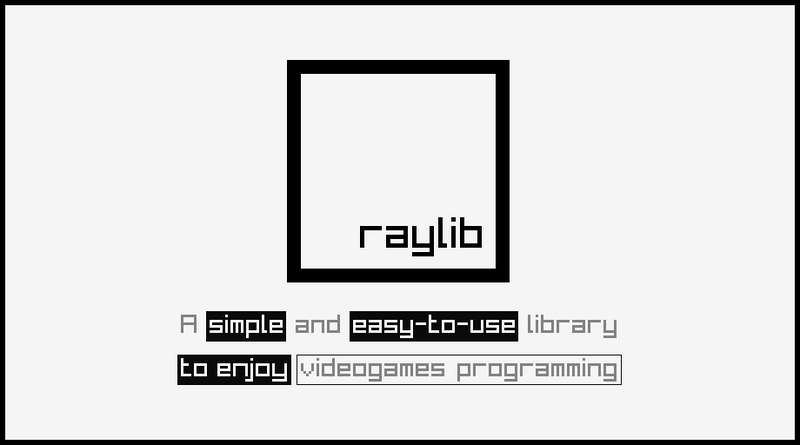
raylib is a game development library highly inspired by the Borland BGI graphics library and the XNA framework. Made as a simple and easy to use library to enjoy game programming.
Some features of RayLib are:
- It doesn’t use any external dependencies, all necessary libraries are packaged in raylib;
- It has support for multiple platforms, such as: Windows, Linux, MacOS, Android and others;
- It is possible to develop games not only in C++, but in several other programming languages;
- It has hardware acceleration with OpenGL for several versions;
- In addition to 2D games, it also supports 3D;
- It has a math module for vector, matrix and quaternion operations.
And also support for various audio formats, such as: WAV, OGG, MP3, FLAC and others.
For more information, visit the official website at: https://raylib.com and/or the GitHub repository at: https://github.com/raysan5/raylib.
03. Allegro
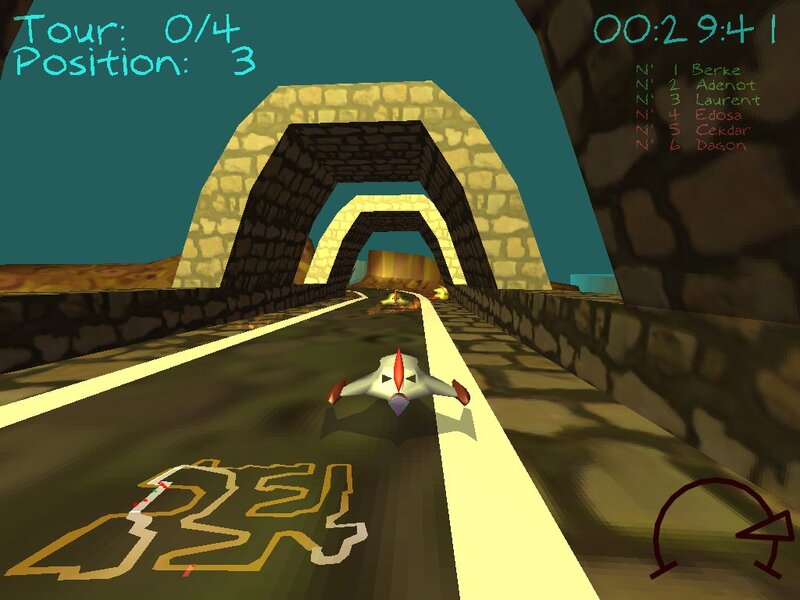
Allegro is a cross-platform library for game and multimedia development. It handles common low-level tasks such as creating windows, accepting user input, loading data, drawing images, playing sounds, and more. In summary, Allegro is not necessarily considered a game engine.
The main features and functionalities of Allegro are:
Compatible with Windows, Linux, Mac OSX, iPhone and Android;
Intuitive and easy-to-use C API, usable in C++ as well as other programming languages;
Supports graphic primitive drawing (via OpenGL or Direct3D) .
- In addition to playback, Allegro also supports audio recording;
- It has abstractions over shaders and low-level polygon drawing;
For more information about Allegro, visit the official website: liballeg.org or the GitHub repository: https://github.com/liballeg/allegro5.
02. SDL2
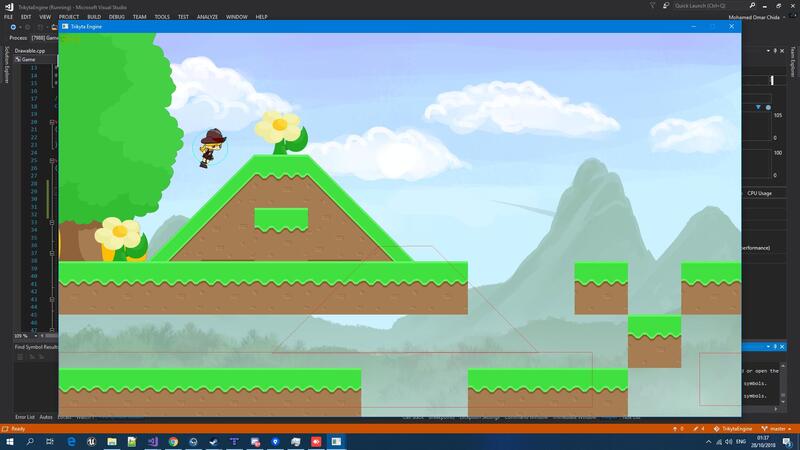
SDL/SDL2 is a cross-platform development library designed to provide low-level access to audio, keyboard, mouse, joystick and graphics hardware via OpenGL and Direct3D.
It is used by popular video playback software, emulators and games, including Valve’s award-winning catalog and many Humble Bundle games.
SDL works across platforms: Windows, macOS, Linux, iOS and Android, as well as others.
It is written in C, works natively with C++, and bindings are available for many other .
It is distributed under the zlib license.
SDL is widely used for co-development with OpenGL.
For more information about SDL, access the website: https://libsdl.org or the GitHub repository at: https://github.com/libsdl-org/SDL .
01. SFML
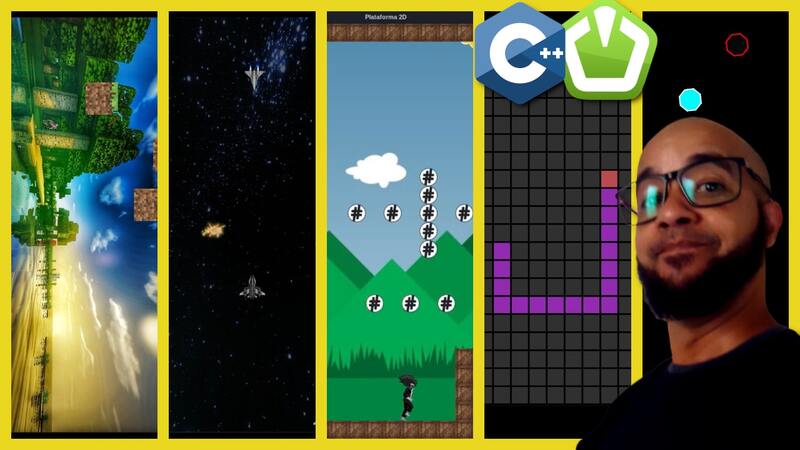
SFML (Simple and Fast Multimedia Library) is a portable, easy-to-use library for multimedia programming and 2D game development.
It is written in C++ with available bindings for several other programming languages, including: C, D, Python, Ruby, OCaml, Lua, .Net, Go and many others.
It can be thought of as an Object Oriented alternative to SDL.
SFML provides hardware-accelerated 2D graphics using OpenGL, supports OpenGL windows, and provides different modules that facilitate game and multimedia programming.
The SFML website offers a complete package of SDK and tutorials to make it easy for developers. The SFML source code is provided under the terms of the zlib/png license.
Its official website is https://sfml-dev.org and you can also consult the source code on GitHub at: https://github.com/SFML/SFML .
If you want to watch a video with images and examples, see below:
Remembering that the video is in Portuguese, but you can use Youtube’s automatic translation for your language.

